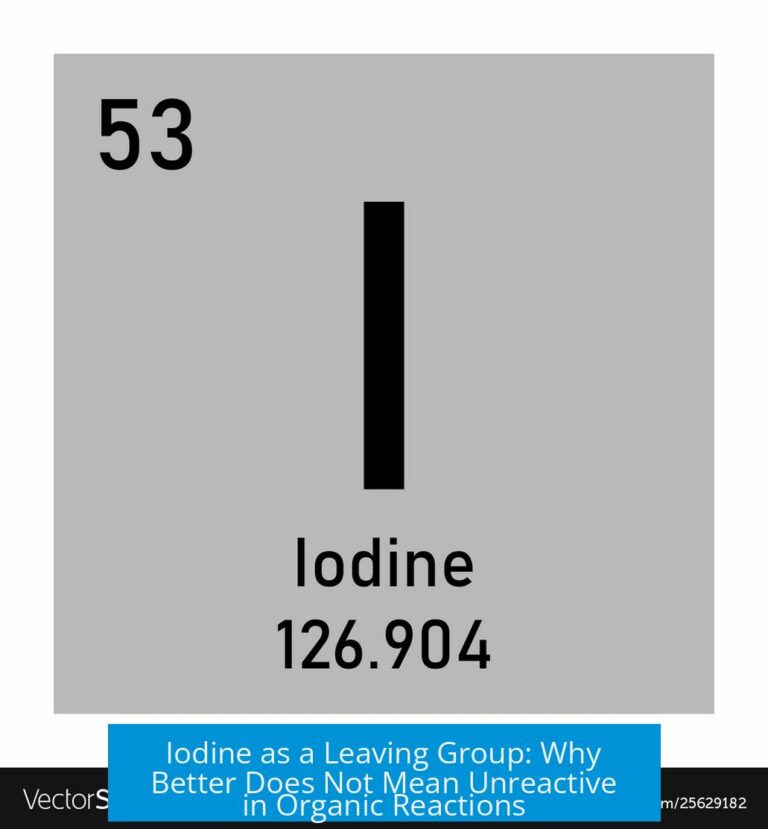Neil’s Bohr, Thomson or Rutherford: Which Atomic Model Is More Accurate?

Among the atomic models proposed by Thomson, Rutherford, and Bohr, the Bohr model is generally considered the most accurate of the three, serving as the best intermediate step toward modern quantum theory. Each model has historical and educational value, but their accuracy and usefulness vary depending on the complexity of the problem and the level of detail required.
Sequence and Historical Context of Atomic Models
The models were developed sequentially as new experimental evidence emerged:
- Thomson proposed his “plum pudding” model after discovering the electron in cathode ray tube experiments.
- Rutherford refined the picture by demonstrating a small, dense, positively charged nucleus at the atom’s center.
- Bohr introduced fixed, quantized electron orbits to explain atomic spectra, marking an important step toward modern quantum mechanics.
This sequential evolution reflects growing understanding but also highlights each model’s limitations.
Overview of Each Model
Thomson’s Model (Plum Pudding or Boba Tea)
Thomson envisioned the atom as a uniform sphere of positive charge with electrons embedded randomly, like “plums in a pudding.”
- This model introduced the electron as a fundamental particle inside the atom.
- It is conceptually simple and useful for basic intuition.
- However, it cannot explain atomic spectra, bonding energies, or electron arrangement.
Rutherford’s Model (Nuclear Model)
Rutherford discovered the nucleus by observing alpha particle scattering:
- Most of the atom’s mass and positive charge is concentrated in a tiny nucleus.
- Electrons orbit this nucleus but aren’t confined to specific paths.
- This model beautifully introduced the nuclear atom but failed to explain electron energy levels or stable orbits.
Bohr’s Model (Planetary Model with Quantized Orbits)
Bohr proposed electrons orbit the nucleus in fixed paths with quantized energy levels:
- It explained hydrogen’s emission spectra and discrete colors observed experimentally.
- It introduced quantum concepts like energy quantization and orbitals.
- Although electrons do not orbit in perfect circles as Bohr suggested, the model is close enough to successfully predict many atomic behaviors.
- Its simplifying assumptions neglect sharper quantum mechanical rules but provide an accessible framework for learning.
Comparison Table of Models
| Model | Description | Accuracy / Usefulness | Key Limitations |
|---|---|---|---|
| Thomson | Positive charge “blob” with electrons embedded randomly | Simple for basic intuition; useful at initial learning stage | Cannot describe atomic spectra or bonding; oversimplified |
| Rutherford | Tiny positive nucleus with electrons orbiting freely | Introduced nuclear concept; improved atomic structure understanding | Fails to explain electron energies or orbital stability |
| Bohr | Electrons orbit nucleus in fixed quantized energy levels | Best of the three; explains atomic spectra; basis for quantum theory | Oversimplified orbits; neglects electron wave nature and complex interactions |
Why Bohr’s Model Is Generally More Accurate
Bohr’s model incorporates quantized electron energies, directly explaining spectral lines, a key experimental observation missed by previous models. It provides conceptual tools to understand valence electrons and chemical behavior quantitatively. The model’s mathematical framework is closer to modern quantum mechanics (QM) but simpler.
Despite being a key step forward, Bohr’s model does not fully align with true quantum behavior:
- Electrons are not strictly particles in fixed orbits but possess wave-like properties.
- The model omits orbital shapes and electron probabilities given by quantum wavefunctions.
- It fails to generalize beyond hydrogen-like atoms adequately.
The quantum mechanical model that came after Bohr treats electrons as wavefunctions, providing the most accurate descriptions available today. However, quantum mechanics requires complex math and is not typically taught at early stages of chemistry education.
Educational and Conceptual Considerations
For introductory learning, Bohr’s model provides the best balance of accuracy and simplicity. It helps students grasp essential ideas like quantization, energy levels, and atomic emissions. Thomson and Rutherford models are mostly used for historical context or very basic intuition.
Practitioners acknowledge that all models serve as tools adapted depending on the problem’s complexity:
- The simpler Thomson or Rutherford models can offer useful approximations where fine details are unnecessary.
- Bohr’s model is suitable for explaining atomic spectra and electron energy levels at a high school level.
- The quantum model is indispensable for advanced study in chemistry and physics but is more complex.
Key Takeaways
- Bohr’s model is more accurate than Thomson’s and Rutherford’s models for most basic atomic phenomena.
- Thomson’s model provides a simple, early conceptual framework but lacks detail.
- Rutherford introduced the nuclear atom but couldn’t explain electron energies or stability.
- Bohr’s quantized orbits explain atomic spectra but simplify electron behavior.
- The quantum mechanical model surpasses all three but requires advanced math.
- Choosing a model depends on the educational level and the problem complexity.
- All atomic models provide useful insights; none fully describe reality alone.
Which atomic model among Bohr, Thomson, and Rutherford is the most accurate?
Bohr’s model is the most accurate of the three. It introduces quantized electron orbits, explaining atomic spectra better than the others. Still, it has flaws and was later improved by quantum models.
Why is Thomson’s “plum pudding” model considered less accurate?
Thomson’s model views atoms as positive blobs with electrons randomly embedded. It lacks detail on electron energies and atomic behavior, making it too simple for deeper atomic structure understanding.
How does Rutherford’s model improve on Thomson’s but still fall short?
Rutherford showed the atom has a tiny, dense positive nucleus, unlike Thomson’s diffuse charge. But it doesn’t explain electron arrangement or energy levels, so it can’t predict atomic spectra.
Is Bohr’s model realistic for describing electrons orbiting the nucleus?
Bohr’s model depicts electrons in fixed circular orbits, which helps understand atomic spectra. However, electrons don’t actually orbit like planets; this is a simplification for learning purposes.
Why are all three models used despite their inaccuracies?
Each model suits different needs: Thomson’s for simple intuition, Rutherford’s for nuclear concept, and Bohr’s for basic atomic behavior. None capture full atomic reality but are stepping stones to quantum theory.
How does the quantum model compare to Bohr’s in accuracy?
The quantum model treats electrons as waves with probabilistic locations. It explains atomic behavior beyond Bohr’s fixed orbits, making it more accurate but also more complex for beginners.





Leave a Comment